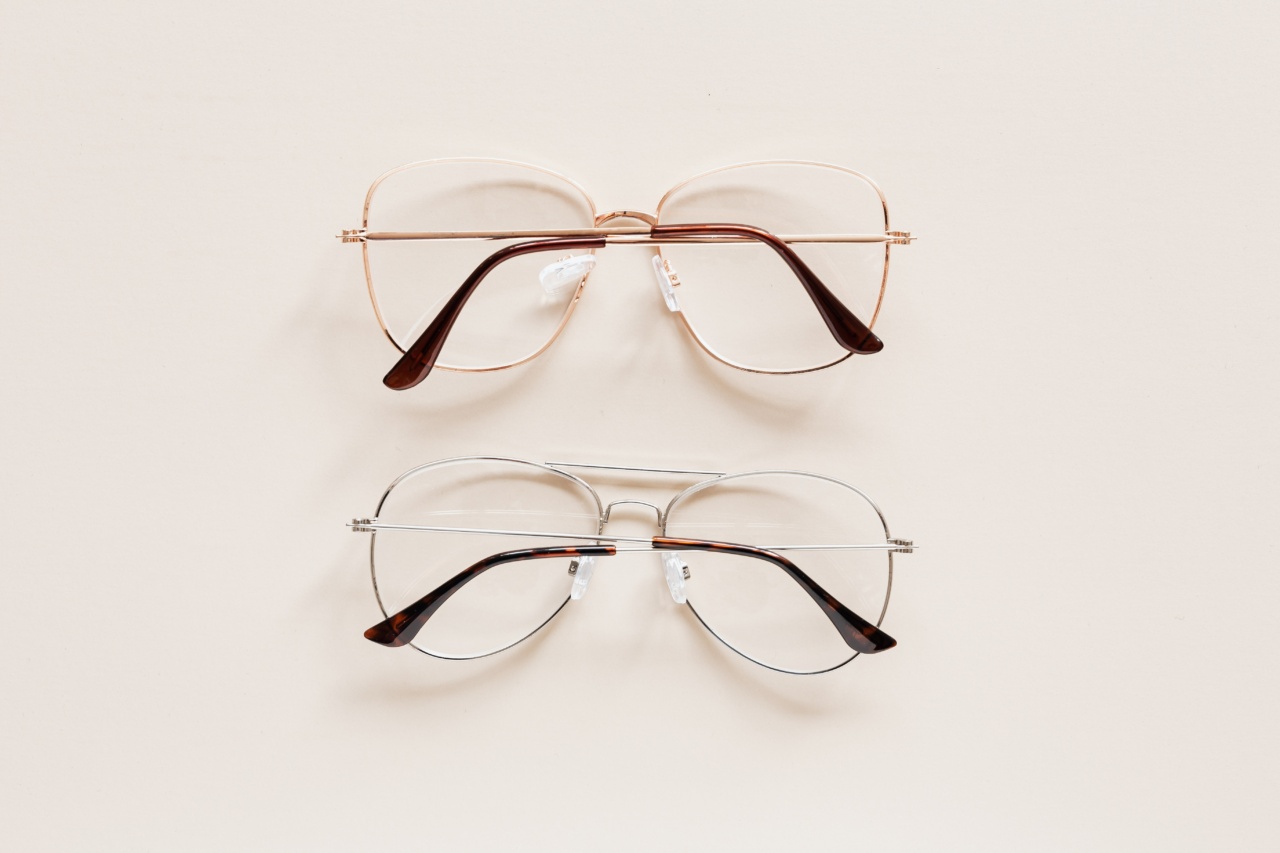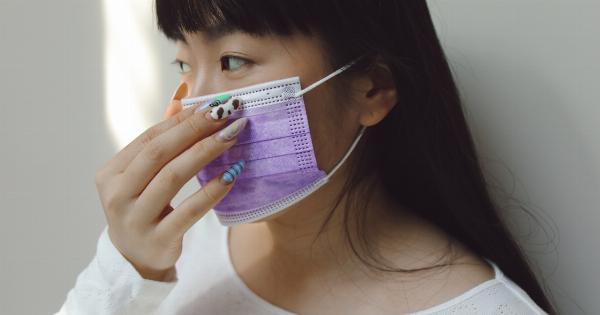Wearing contact lenses can make everyday life easier for millions of people, but it also exposes their eyes to some unique dangers. One of the most significant risks contact lens wearers face is the potential for damage from thorny objects.
Objects with sharp or pointed edges, such as tree branches, cactus spines, or thorns, can be extremely dangerous for contact lens wearers if they make contact with the eye. If you wear contact lenses, it’s essential to be aware of the risks and take steps to protect your eyes from injury.
What kinds of thorny objects are harmful to contact lens wearers?
Any plant or object with a sharp point or edge can potentially damage the delicate tissues of the eye if it makes contact. Some common culprits include:.
- Cactus spines: These small, barbed spines are found on the surface of many species of cactus. If they enter the eye, they can cause considerable damage to the cornea and other ocular tissues.
- Rose thorns: Sharply pointed and often hidden among leaves and other foliage, rose thorns are a common hazard for gardeners and landscapers.
- Tree branches: Low-hanging branches or those obscured by leaves and twigs can easily brush against a contact lens wearer’s face, potentially causing scratches or punctures to the eye.
- Sharp objects: Knives, scissors, and other tools with sharp edges can easily cause injury to the eyes if not used carefully.
No matter what type of thorny object you encounter, it’s important to take steps to protect your eyes from potential injury.
What are the risks of thorny objects to contact lens wearers?
For contact lens wearers, thorny objects pose a unique set of risks.
Because the lens sits directly on the surface of the eye, any object that touches the surface of the eye can potentially catch on the contact lens and cause damage as it moves across the surface. Contact lenses also make it more difficult for the eye to naturally flush out foreign objects that enter. In some cases, objects can become lodged between the lens and the eye, creating a painful and potentially serious situation.
How can contact lens wearers protect their eyes from thorny objects?
Fortunately, there are several steps contact lens wearers can take to protect their eyes from thorny objects. These include:.
- Avoiding contact with thorny objects: This may seem obvious, but it’s important to be aware of your surroundings and avoid areas where thorny plants or objects are likely to be found whenever possible.
- Wearing protective eyewear: If you work in a setting where you’re likely to come into contact with thorny objects, such as a garden or landscaping job, consider wearing protective eyewear to shield your eyes from potential injury.
- Removing the contact lens immediately if an object enters the eye: If you do get something in your eye while wearing contact lenses, it’s essential to remove the lens promptly to avoid trapping the object between the lens and your eye. This also makes it easier for your eye to flush the object out naturally.
- Using lubricating eye drops regularly: Keeping your eyes properly lubricated with artificial tears or other lubricating drops can help prevent scratches and other damage to the eye’s surface when coming into contact with potentially harmful objects.
Of course, it’s also important to stay up to date with regular eye exams and follow any recommendations from your eye care professional regarding contact lens wear and care.
What should you do if you experience an eye injury from a thorny object?
If you do experience an injury to your eye from a thorny object, it’s essential to seek medical attention promptly. Even minor injuries can become infected or result in further damage if left untreated.
Depending on the severity of the injury, your eye care provider may recommend antibiotic eye drops, pain relief, or other treatments to help manage your symptoms and prevent further damage.
Conclusion
As contact lens wearers, we often take for granted that our lenses will provide the protection we need from the environment around us. However, it’s important to remember that contact lenses do not make our eyes impervious to injury.
By being aware of the risks of thorny objects and taking steps to protect our eyes, we can ensure that we don’t become another statistic in the growing number of contact lens-related injuries.




























